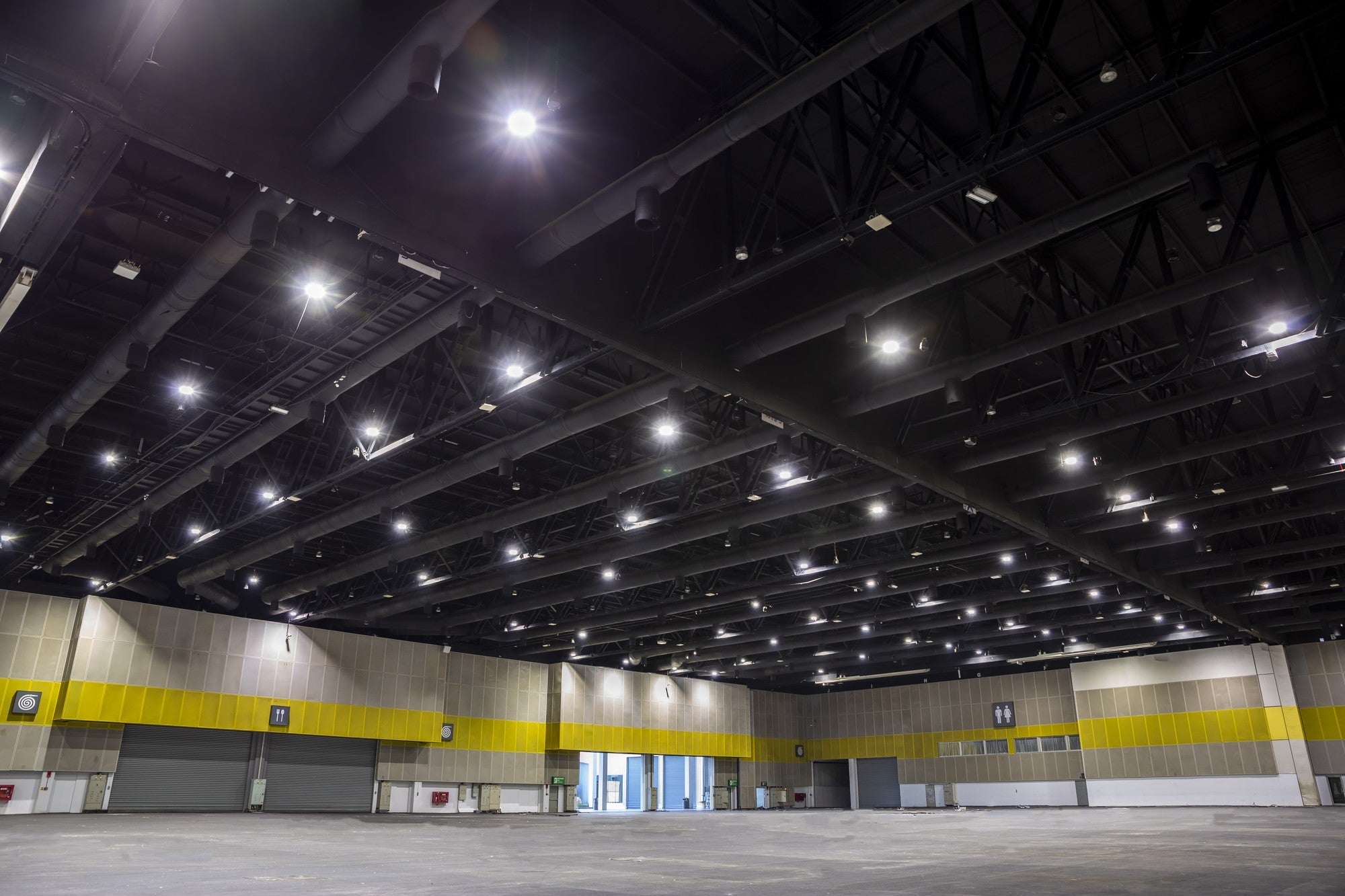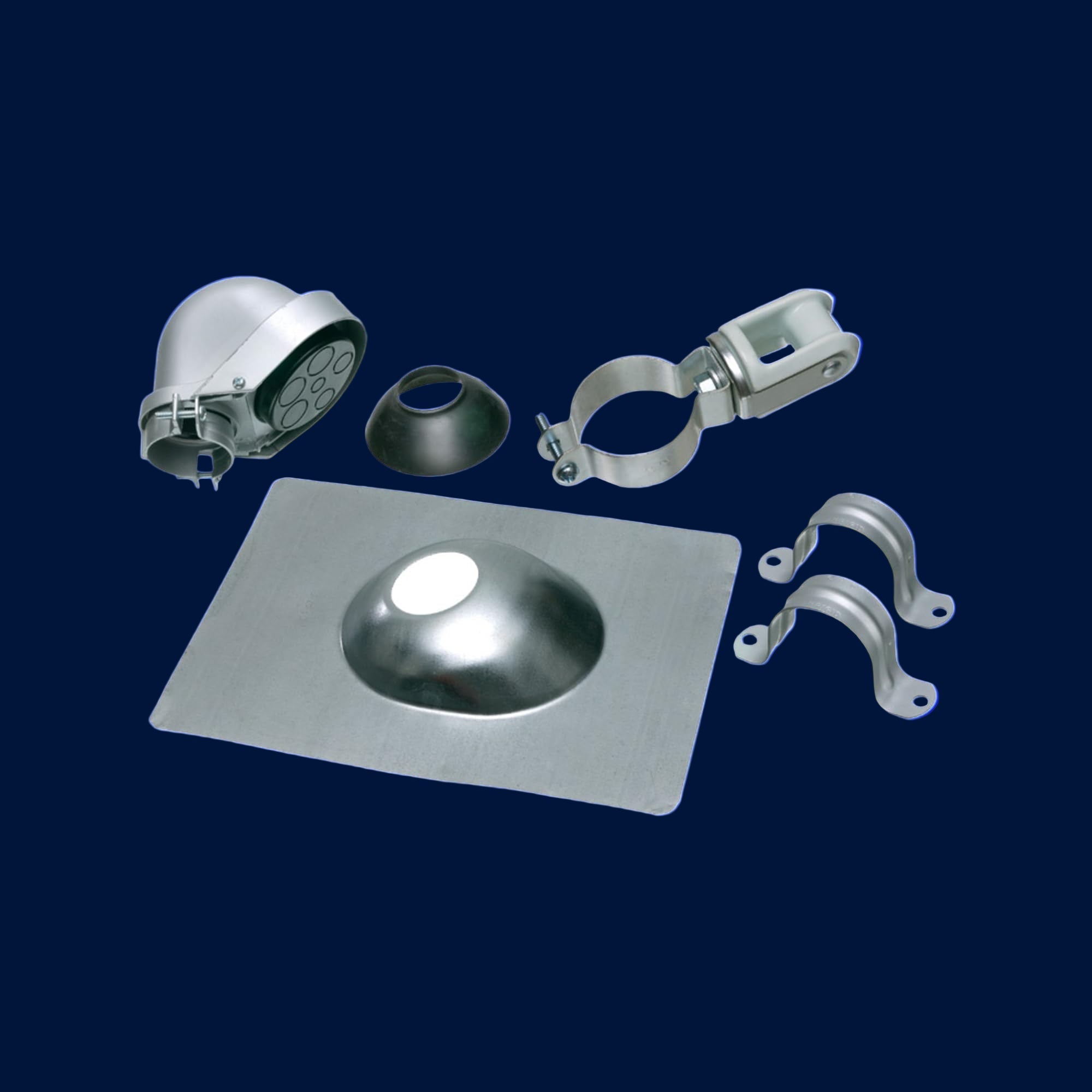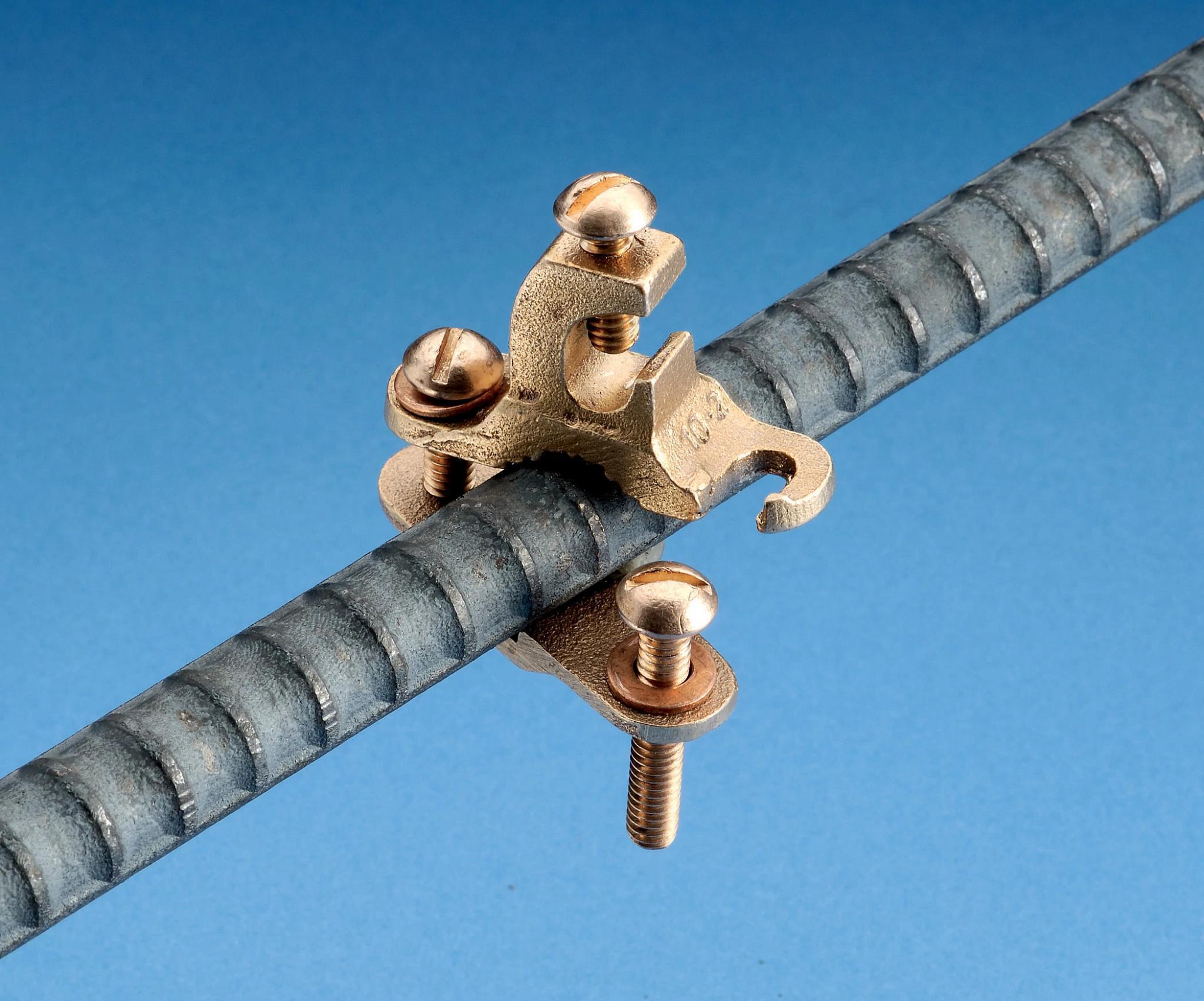Selecting the proper warehouse lighting is critical for the efficiency and safety of your operations. LED technology has revolutionized how spaces, vast areas like warehouses, are illuminated. Not only do LEDs offer superior brightness and energy efficiency, but they also reduce maintenance costs and improve working conditions. This guide will walk you through the considerations you must make when updating or installing new warehouse lighting.
Understand Your Lighting Needs
Before diving into the myriad options available, it’s essential to assess the specific needs of your warehouse. This includes evaluating the size of the space, ceiling height, and the types of activities that take place within. Different tasks require different levels of illumination. For instance, areas where intricate work is performed may need brighter lights than storage areas. A well-lit warehouse not only boosts productivity but also enhances employee safety.
Advantages of LED Warehouse Lighting
Switching to LED warehouse lighting comes with several benefits:
- Energy Efficiency: LEDs consume significantly less power than traditional lighting solutions, which means lower electricity bills.
- Longevity: LED lights have a longer lifespan, reducing the frequency of replacements.
- Better Quality Light: LEDs provide bright, uniform lighting that can be crucial in a warehouse setting.
- Reduced Heat Output: Unlike other lights, LEDs emit very little heat, which can help maintain more stable temperatures in your facility.
Choosing the Right Type of LED Lights
When it comes to warehouse lighting, there are several types of LED fixtures you can choose from:
- High Bay Lights: Ideal for ceilings over 20 feet, these lights provide powerful illumination suited for large, open areas.
- Low Bay Lights: For ceilings under 20 feet, low bay lights offer ample lighting without being overpowering.
- Linear LED Lights: These are perfect for aisles or providing consistent overhead light across long, narrow spaces.
- LED Panels: Well-suited for administrative areas within your warehouse that require a more subdued, office-like environment.
Assessing Color Temperature and Lumens
Choosing the right color temperature and lumens is crucial in creating the desired atmosphere and functionality in your warehouse. Color temperature is measured in Kelvin (K) and affects how the light appears, from warm yellows to cool blues. Warehouses generally benefit from cooler temperatures (5000K-6000K) which provide a bright, daylight-like quality that enhances visibility and alertness.
Lumens measure the total amount of visible light from a lamp. More lumens mean brighter light; thus, for larger warehouses, look for fixtures with higher lumen output to ensure adequate illumination across your entire facility.
Consider Smart Lighting Options
Modern LED warehouse lighting can include smart technology, such as motion sensors and automatic daylight dimming. These features can significantly enhance energy efficiency by reducing lighting in unoccupied areas or adjusting based on the amount of natural light available. This not only saves energy but also extends the life of your lighting fixtures.
Installation Considerations
Proper installation is key to maximizing the efficiency and effectiveness of your LED lighting. It’s important to ensure that lights are strategically placed to eliminate shadows and dark spots, which can be a safety hazard in warehouse environments. Consulting with a lighting expert or an electrician can provide insights into the best practices for installation based on your warehouse’s layout and specific needs.
Evaluating Lighting Controls and Accessories
Incorporating controls like dimmers, timers, and sensors can further enhance the functionality of your warehouse lighting system. These controls allow for greater flexibility and can be adapted to different shifts or types of usage within your warehouse, optimizing both performance and energy usage.
Layering Your Lighting
Layering your lighting in a warehouse is an effective strategy to ensure all areas are properly illuminated. This involves combining different types of lighting to serve various purposes:
⦁ Ambient Lighting: This is the main source of light covering the entire warehouse. It ensures there is a baseline level of brightness throughout the facility. LED Highbay Lights are perfect for serving as your ambient lighting in high-ceiling areas, providing broad illumination that is both efficient and cost-effective.
⦁ Task Lighting: Specific areas where detailed or delicate work may need additional lighting. Task lighting supplements ambient lighting by providing extra illumination where needed most, ensuring that workers can see fine details without straining their eyes.
⦁ Accent Lighting: Although more common in retail, accent lighting can be used in a warehouse to highlight safety signage, or special merchandise.
⦁ Security Lighting: Critical for both inside and outside your warehouse, proper security lighting helps deter theft and ensures the safety of your employees and assets during non-operating hours.
Dealing with Moisture and Dust
Warehouses can be prone to dust and moisture, affecting the longevity and effectiveness of your lighting fixtures. Opting for LED Vapor Lights can be an excellent choice. These lights are designed to withstand harsh conditions, resisting moisture and dust penetration. By choosing durable fixtures designed to endure these environments, you can reduce maintenance costs and extend the life of your lighting solutions.
Sustainability and Energy Compliance
Considering sustainability in your lighting design helps reduce operational costs and aligns with global energy compliance and sustainability standards. LED lighting is known for its low carbon footprint, making it an environmentally friendly option. Many LED products are also recyclable, contributing to your company’s green initiatives.
Regular Maintenance and Updates
Regular maintenance is crucial to ensure your lighting system continues operating at peak efficiency. This includes cleaning the lights to prevent dust accumulation that can diminish brightness, checking for malfunctioning units, and updating lighting fixtures and systems to incorporate the latest technologies for enhanced performance and energy savings.
Continuous Improvement and Feedback
Implement a system for continuous improvement and feedback regarding your warehouse’s lighting. Engage with your staff to gather insights on areas needing better illumination or where current lighting may be excessive. Regular reviews of your lighting setup can lead to tweaks that refine efficiency and effectiveness, ultimately creating a safer and more productive working environment.
Explore our range of lighting solutions tailored for every need at Sonic Electric. We are committed to delivering excellence and innovation in all our products. From ensuring your warehouse has the most efficient and robust lighting options to providing personalized service, we are here to help illuminate your space.
Contact us or visit our locations to see how we can brighten your operations.






Share:
The Importance Of Strategic Carbon Monoxide Detector Placement
4-Inch Vs. 6-Inch Recessed Lighting: Which Is Best For You?